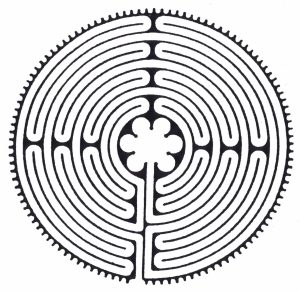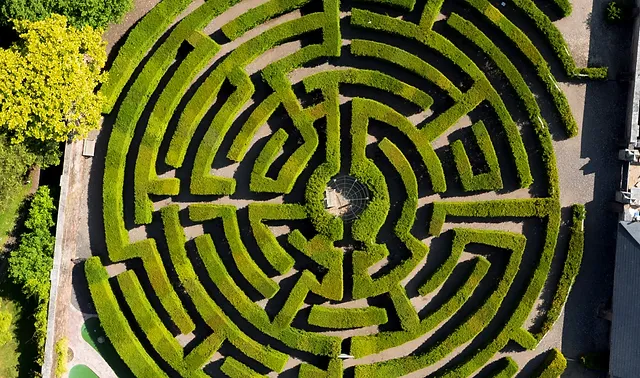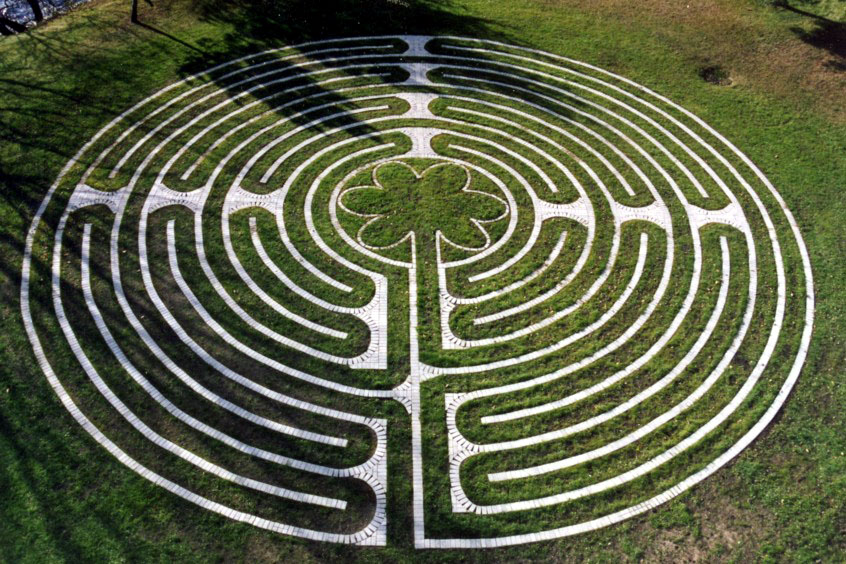This is what the Lord says:
Jeremiah 6:16
“Stand at the crossroads and look;
ask for the ancient paths,
ask where the good way is,
and walk in it,
and you will find rest for your souls.

What is a labyrinth?
It is an ancient meditation tool that is enjoying a revival in recent times. It can be seen as a path for prayer, or liken as a pilgrimage route to Jerusalem. Seen non-religiously, it can be a path for a focused and intentional slow walk around the meandering circles.
At first glance, a labyrinth looks like a maze. However, there are differences between the two.

A maze
- has dead ends;
- a left brain task that requires you to be logical the find the right path out;
- sets to confuse.

A labyrinth
- has only one path. The way in is the way out.
- has no dead ends. The unicursal path leads you to the center and out again.
- a right brain task that requires one choice to be made – to enter or not.
The inward journey into the labyrinth
- One enters, and releases the “monkey” mind to focus on the path.
- The one who is walking a labyrinth should focus, and be attentive to the experience. Make the experience more meaningful by viewing things that you see, sense and feel in symbolic images and metaphors.
- One could use the path to walk slowly, taking the time to enjoy the journey.
- For spiritual seekers on the labyrinth, they could perceive the walk with the trinitarian God. During the walk, the seeker could communicate with God.
- In the center of the labyrinth, the seeker could stay a while. The center could be viewed symbolically as holy ground where God is.
The outward journey
Reflect on what has happened during the journey in and out.
- what did you find (literal, symbolically and metaphorically)?
- what and how do you feel?
The labyrinth as a metaphor of life
Take stock of where your focus is.
- Have you gone astray? Relate it to your current state of life – where, what or who have you strayed away from or to (good or bad)?
- Are you lost? Relate it to your current state of life – is it telling you something, or do you feel being asked to seek new direction?
- Where is the center that you should return to?
For spiritual seekers, are you on the path to the center where God is? As you leave the center, what are you bringing out with you? What insight/s did you get?
For the non-religious, have you found the intentional slow walk helpful for your mental and emotional health? What was happening in your mind as you walk the path?
Benefits of walking a labyrinth
- to quiet the mind
- calm anxieties
- recover balance
- for self-reflection
- to gain insight and clarity
Locations of labyrinths in modern day
- in grounds of churches (the famous one being at the Chartres Cathedral in France) and retreat centers
- in hospitals and prisons
- in schools
- in parks and spas